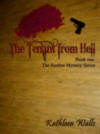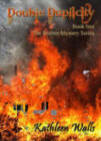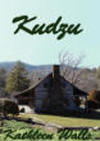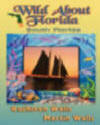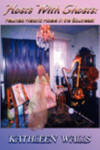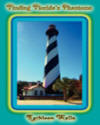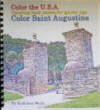History Museums in Greenville, South
Carolina
Story and photos by Tom Straka
Some cities are full of museums. For a
history buff like me, it is fortunate cities often put a
priority on preserving local history, making history museums
fairly common. Greenville, South Carolina has an unusual
assortment of
museums,
including two military history museums, a creative arts center,
museum of art, children’s museum, music museum, and even a
Shoeless Joe Jackson museum and baseball library. One of the
art museum
collections in the city is said to be the second largest
collection of religious art in the world (second to the
Vatican). Most of these museums are walking distance from one
another, so Greenville offers a great opportunity for
museum-lovers. This museum-lover will report on two first-rate
history museums, about a mile apart, in downtown Greenville.
One of the museums focuses on regional history. The other,
probably the more interesting, focuses on a politically
incorrect history topic. Combined they make wonderful way to
spend the better part of a day immersed in history.
The
Upcountry History
Museum is the regional history one. First, what is the
Upcountry? A more modern term for it is the Upstate of
South Carolina. Historically, South Carolina was broken into
the Lowcountry (coastal and coastal plain counties) and the
Upcountry (the counties, higher up, above the coastal plain).
Prior to the Revolutionary War, it was called the Backcountry
and later became the Upcountry and even later the Piedmont. It
is the northwestern part of the State, the part that abuts the
Blue Ridge down to above Columbia in the center of the State.
The museum covers the pioneer development of the region, its
politics, agrarian roots, industrial development (mainly
textiles), wartime development, and even Shoeless Joe Jackson.
The
Museum and
Library of Confederate History is the politically incorrect
one. The 16th Regiment, South Carolina Volunteers,
Museum of Confederate History has a mission “to protect,
preserve and defend the memory, history and heritage of the two
hundred fifty thousand (250,000) gallant Confederate soldiers
who gave their lives during the War Between the States,” by
providing a “true and accurate historical perspective of the
War period in an educational manner and to preserve the
cultural heritage and artifacts of the South.” Thus, the museum
may have somewhat slanted perspective of Confederate History,
but nonetheless, a super interesting one.
UPCOUNTRY HISTORY MUSEUM

The museum begins with the Upcountry as
frontier inhabited by the Cherokee Indians. This is Richard
Pearis, a defiant frontiersman and opportunistic entrepreneur.
He was a trader from Virginia who developed a relationship with
the Cherokees, allowing him to develop a grist mill and trading
post in the area that would become Greenville.

As you’d expect, there are many artifacts
scattered around the frontier section of the museum. Many are
Native American and many are natural history specimens.

A pair of
dueling pistols and a case. Near the pistols is a copy of
“The Code of Honor” for southern gentlemen. The weapons used by
dueling southerners were described as: “The arms used should be
smoothbore pistols, not exceeding nine inches in length.”
Dueling occurred in South Carolina from colonial times until
outlawed in 1880.
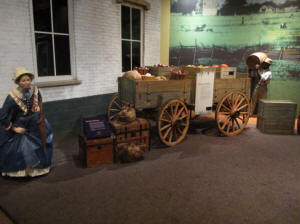
The early Upcountry economy was based on
small farms. A
wide variety of fruits and vegetables were produced and
transported them to market in rugged wagons. Later cotton would
be a major crop. With the luck of good weather and hard work,
Upcountry soil would produce ample crops of corn, sweet
potatoes, Irish potatoes, beans, peas, barley, apples, peaches,
or pears. The crops fed the farm family and provided income.

“Vardry McBee” sitting in front of a
storefront. He was considered the father of Greenville. He
moved to Greenville in 1836 after expanding his business
enterprises into the Greenville area two decades earlier. He
saw the potential of Greenville’s location with many crossroads
and a river. Greenville grew rich as McBee grew rich from his
various enterprises (a sawmill, ironworks, brickyard, stone
quarry, flour mill, textile mill, general store, and railroad).

One of only two know surviving flags from
the 4th South Carolina Regiment. The museum covers
the Civil War period. Of course, the Confederate History Museum
down the street covers that time period in much greater detail.

This is “Maggie Mae,” Mac Arnold’s
two-string gas can guitar. Not something you ever expect to see
in a museum. Mac Arnold is best known for his legendary blues
music. He is also known for making music from reconditioned
gasoline cans. His trademark red gas can guitar, named “Maggie
Mae,” is in the display case.

Anyone who knows anything about South
Carolina history will know what this red shirt represents.
The Red Shirts was a paramilitary group organized with
the objective of achieving white Democratic control of
political power after Reconstruction in the South in the 1870s.
They used intimidation and violence to achieve their
objectives.
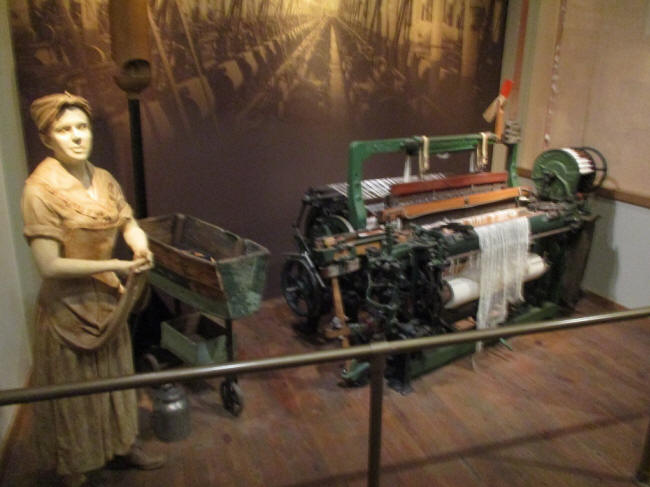
The Upcountry had a dominant industry in
the early twentieth century and Greenville was noted as the
“Textile Capital of the World.” Greenville was so well known
for the textile industry that people from all over the world
came to Greenville to study the industry.

Military history is a large part of the
museum, including the Army Air Corps base near Greenville
during World War II. Much of the military history is regional,
emphasizing the role of the Upcountry in the war effort.
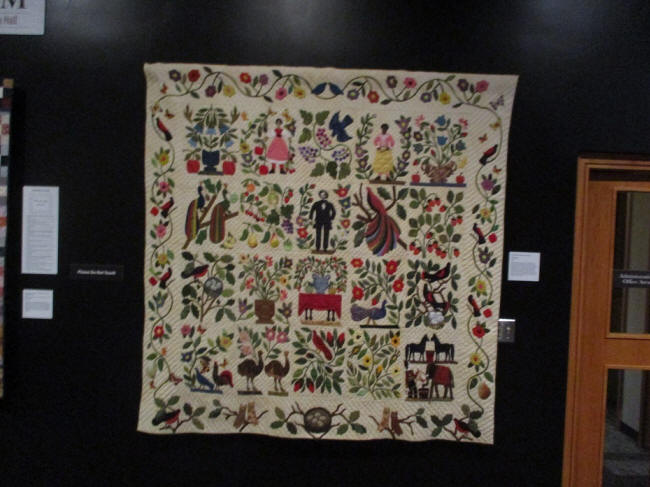
The museum has lots of nooks and crannies
with unexpected history. The quilt here is part of the “We
Didn’t Wait for Freedom” collection, Civil War narrative quilts
by Vera Hall.

Statue of General Nathanel Greene at the
front of the museum (holding a Christmas wreath during the
holidays). General Greene was active in the Southern campaign
during the Revolutionary War and was credited with turning the
tide of battle to the Patriots. Some of those battles were in
the Upcountry. Greenville was named for him.
MUSEUM AND LIBRARY OF CONFEDERATE HISTORY
This museum is
in a small building, but has an immense inventory of historical
items. The Upcountry History Museum is large, a regular sized
museum, with its materials arranged loosely. The Confederate
Museum is just the opposite, with every space utilized for some
sort of display. The displays lean towards firearms, with some
very old specimens. Political documents are numerous and, as
you’d expect, are slanted towards a Confederate view of the War
Between the States. The curators, almost as interesting as the
museum itself, have that same slant. Stumbling into an unusual
museum is always a treat and this is definitely one of those.
The tone of the museum is somewhat solemn; this is a serious
history museum, with some political thought thrown in. The gift
shop has any sort of Confederate bumper sticker or souvenir you
might think of. The size of the building is misleading; give
yourself plenty of time for a thorough review of the gems in
this museum.

The exterior of the museum, a cannon and
Confederate flags, clearly indicating what to expect.
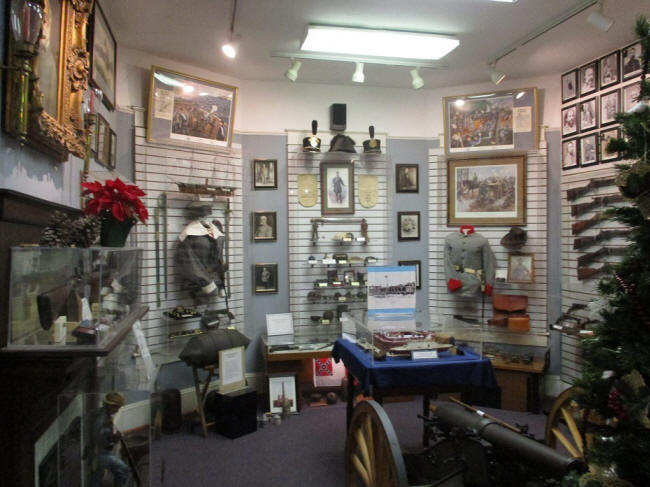
One of three views of a museum section.
All seem to center on weapons, uniforms, portraits, and
documents. Note the Ellsworth gun on a carriage.
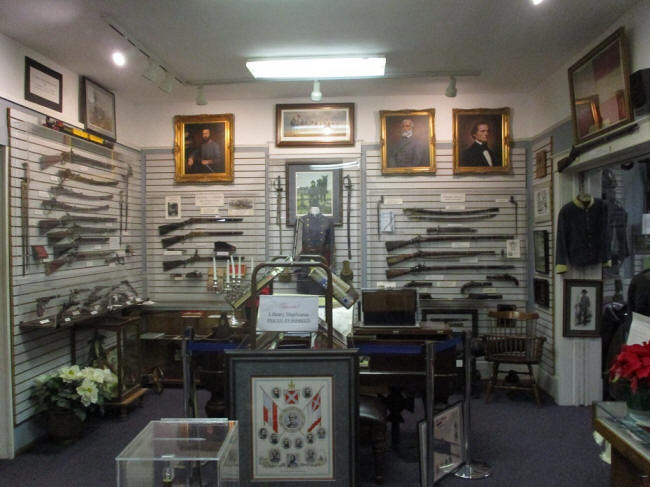
One of three view of a museum section. All
seem to center on weapons, uniforms, portraits, and documents.

One of three view of a museum section. All
seem to center on weapons, uniforms, portraits, and documents.

Not all the rooms were war related. More
general historical items are in various parts of the museum.

Each room is full of display cases with
fascinating artifacts, like medical instruments used during the
War.

Some sections of the museum center on
currency, documents, and books.

The museum gift shop contains books, CDs,
postcards, flags, toys, and “memorabilia from the War for
Southern Independence.”
Author/Photographer. Tom Straka is an emeritus professor of
forestry at Clemson University. He has an interest in history,
forestry and natural resources, natural history, and the
American West.

















.jpg) American
Music: Born in the USA
American
Music: Born in the USA